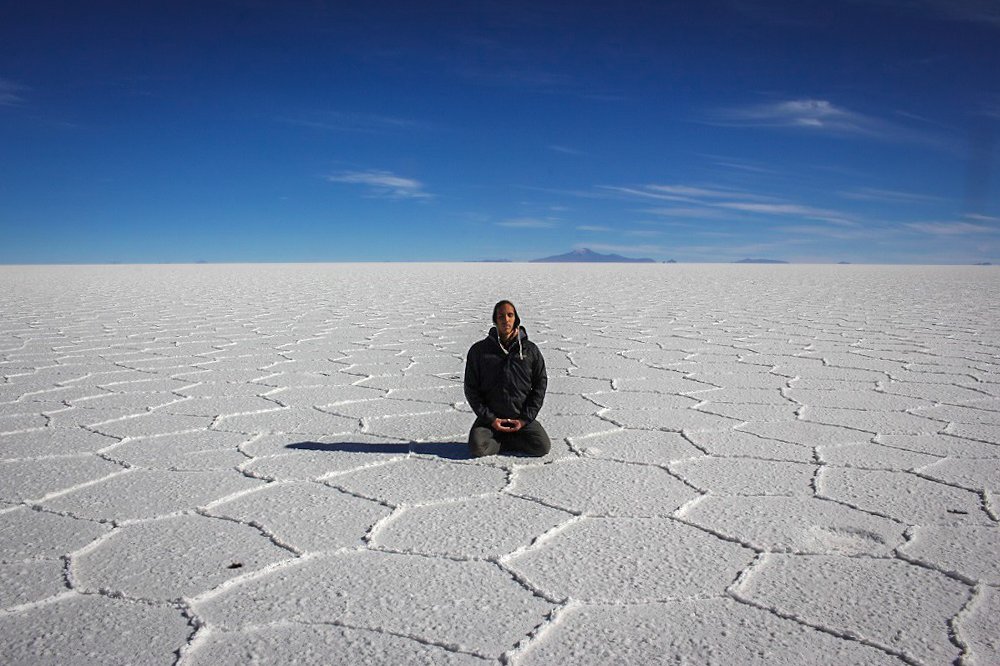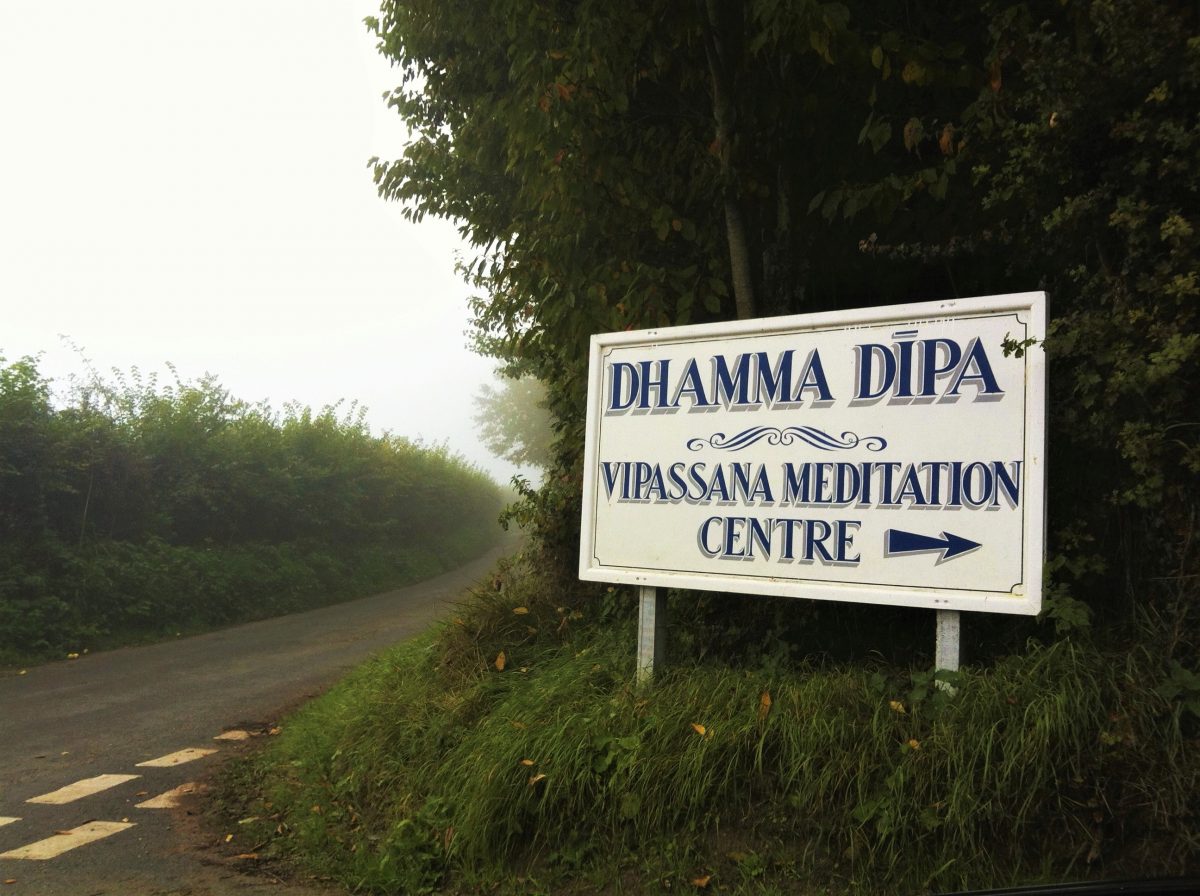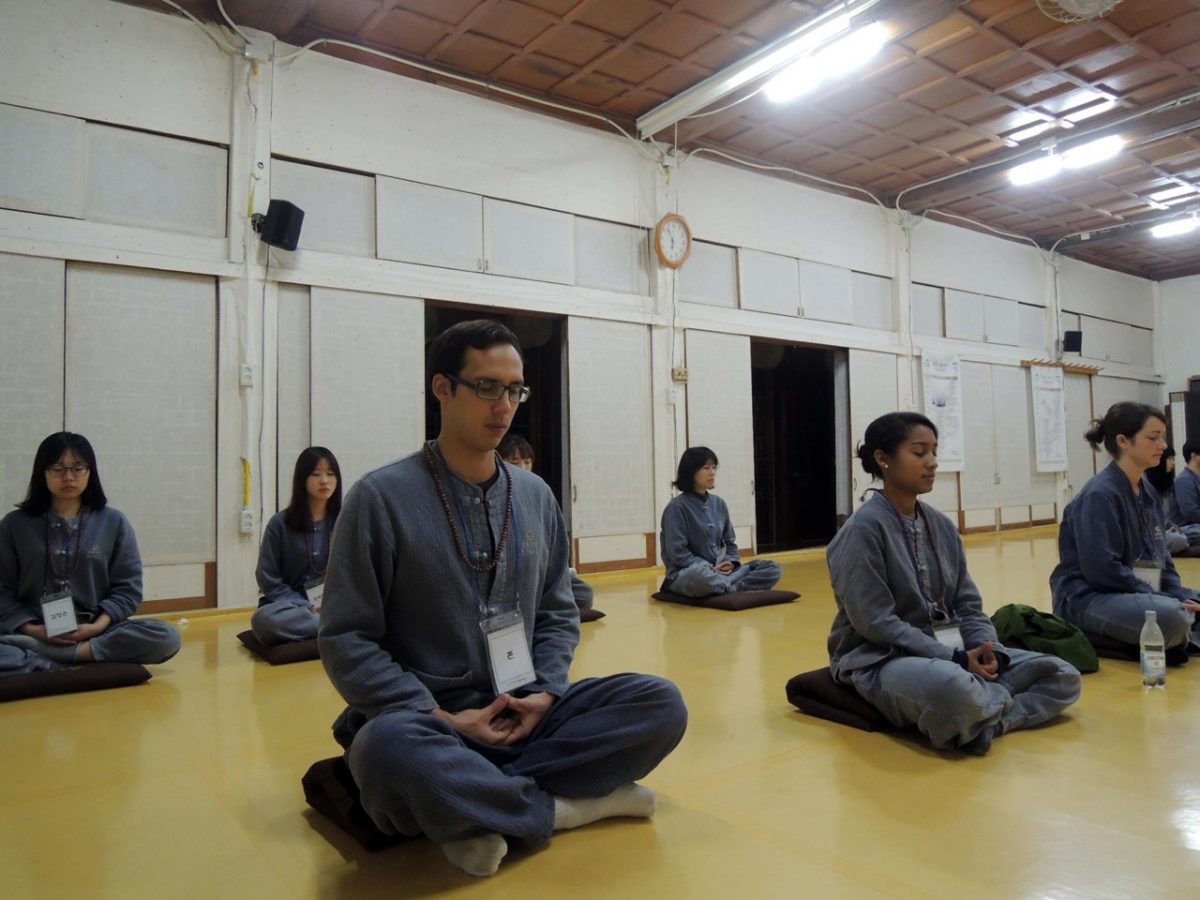Looking to deepen your meditation practice? Here are 10 ideas…
1. Make It a Daily Practice
If meditation isn’t yet a daily practice, make it one. I can’t emphasise the importance of consistency enough. Making it a daily habit is the best thing you can do for your practice over the long term. Make a 100% commitment to it and don’t leave it as a choice, make it an obligation. If you struggle to find time, then you should actively schedule time for it.
If a day comes thats just full of obstacles, then shorten the meditation, just don’t skip it. If it’s that desperate just sit for 2 minutes (but really, you can’t spare 10-20 minutes?). This way you will still retain the habit of sitting down and taking the time for yourself. It will become a habit rather than a chore and will become a regular part of your day. When you have to brush your teeth, do you ever think ‘but I don’t have time today’ or ‘I’m too tired’ – no, you just do it because you always do it. Make it so with meditation. The best way to form the habit is commit to a month without skipping a day.
- When you do miss a day… don’t miss the next!
If you do miss a day – because hey, you’re human – make absolutely sure that you don’t miss the next day. The next day is crucial to make sure you get straight back to it and don’t allow a run of missed days to form. Accept the missed day and just like you’d bring yourself back to your point of focus during a meditation, bring yourself back to your practice: calmly and smilingly.
2. Have a Meditation Buddy
Having a friend that you meditate with is a tremendous way to support your practice. When I first started meditating in China I was lucky enough to have a close friend who was also just starting to learn at that time. We went to classes together, exchanged tips and shared our experiences on the learning curve. We lent each other books on the topic and meditated together after work before going out for noodles. At the time we were both working as teachers at the same school and when we both had a long enough break between classes we’d take an empty classroom and sit for 20 minutes. We turned out to be a great support to each other and both of our practices were strengthened because of our influence on each other.
- Alternatively, your meditation buddy doesn’t have to be someone you physically meditate with, it could be an accountability buddy. You can check in with each other regularly to make sure you are both keeping it up.
3. Create a Dedicated Spot For Meditation
Set up a ‘meditation space’ in your home. It could be anything from a small spot with cushions on the floor to a particular room with an altar. Ideally this space will be used exclusively for meditation and you will not do any other activity there. The physical segregation will create a ‘safe haven’ and this will help your mind to settle down more quickly and allow you to go deeper with each meditation.
4. Read a Book About Meditation Or Mindfulness
Each time I read a book about meditation or a related topic my awareness gets a little boost because I’m getting reminders and calls to awareness whilst reading – and I could be doing this anywhere (commuting, in the park, before bed). I’m generally more aware of the mind and its wanderings and I ‘catch’ and therefore place my mind, far more often. When reading you also learn new techniques and get new insights into the practice of meditation, deepending your understanding and expanding your practice. Thich Nhat Hanh’s books have been hugely influential in extending my mindfulness from my formal meditation to daily life and everyday tasks.

Photo by Amber Metcalfe
Two Books I’d Recommend
- Thich Nhat Hanh – Peace Is Every Step: The Path of Mindfulness in Everyday Life
- Eckhart Tolle – The Power of Now: A Guide to Spiritual Enlightenment
5. Do a Course Or Silent Retreat
Doing a course is a surefire way to boost your practice. You will get the time and mental space you need to do serious meditation. Escaping the distractions and frenzy of the modern world will enable you to develop your level your focus and you will almost certainly learn something new about the technique of meditation as well. Moreover, after an intensive period of meditation it seems much easier to extend the duration of your daily meditations and integrate it further into your life. I have done temple stays and meditation courses and if you are serious about meditation then one course I’d happily recommend is the 10 day vipassana meditation course – I even convinced my Dad to do one. They’re available all over the world and there’s lots of info online. You can read my advice about how to make the most of a 10 day course here.
6. Join a Weekly Group
Like meditating with a friend, meditating with a group can be a superb boost to your practice. It’s a great way to meet other meditators and a place where you can share your experiences and receive support. Having a weekly appointment in a set time and place is a great way to make meditation into a fun and sociable event on your calendar and mixes up your practice helping to keep it fresh.
Meditation groups can be found almost anywhere- I’ve attended meditation groups while I’ve been based in China, Spain and Korea and they’ve helped me in many ways. I’ve often found the quality of my meditation was improved when sitting with a group and others said the same. Groups are great for learning different techniques of meditation and meeting new people in the process. Search online for a group and if you can’t find one, try starting one yourself, all it takes is setting up a facebook group.
7. Meditate For Longer When You Can
Yes, I’ve banged on about the importance of consistency and cementing the habit. Shorter and daily is better than longer and less frequently. But it doesn’t always have to be shorter, meditate for a little longer when you can. If you normally meditate for 5 minutes a day but on Sundays have more time and an easier schedule, then meditate for 20 minutes. You’ll likely notice a difference in the meditation.
8. Integrate Mindfulness In To Your Life
The aim of meditation isn’t to become skilled at watching the breath for 20 minutes a day, it’s to become more aware of our minds and lives. Mindfulness is basically meditation in a non-formal setting and is the practice being aware of where your mind is when you aren’t sat down in a quiet spot with your eyes closed. While mindfulness can be practiced anywhere and anytime, it will be much easier in the beginning to practice during activities that are done alone and that can be done slowly: taking a shower, brushing your teeth, taking a walk, eating. Choose one or two of these, and everytime you do that particular activity, make it an exercise in mindfulness, a mini-meditation if you will.
Mindfulness really can be extended to anything. Just like meditation, it is the practice of choosing one thing, your anchor in the present moment, and being totally conscious of it. Simply do as you would do with a sitting meditation, but rather than using your breath or mantra as an anchor you will use the activity you are doing. Focus on the thing that you are doing, taking care to do it calmly and with all your attention. This will keep your attention in the present moment and not swept up in unrelated thoughts. Every time you notice your mind has wandered off, calmly bring it back.
9. Don’t Beat Yourself Up If You Do Miss it
When you’re meditating and realise you’ve drifted off in to ‘thought-land’, it’s important to retain your equanimity and calmy, smilingly bring yourself back to your point of focus. The same is true when you miss a day or fall out of rhythm with your meditation practice; it’s the same teaching on the macro level. When you realise you’ve let your regularity of practice slip or skipped a few days, don’t be annoyed at yourself or feel guilty. Calmly accept the reality and return to your practice, just as you would return to your point of focus.
10. Don’t Keep It a Secret: Come Out As a Meditator
When I first started I was a bit timid about sharing the fact that I was a meditator; I was worried about being judged and seen as a weird hippy. Despite its growth meditation still isn’t the most commonplace practice and for many people conjures images of ascetic monks and brings to mind religious practices of exotic Eastern religions. Whilst there’s no real easy way around this until perceptions change, it’s better just to be honest and open that you’re a meditator (isn’t that the case with most things?). You may be surprised to find that someone you know is interested and may even want to learn – you could even find yourself a meditation buddy.
Housemates, friends and those close to you will understand that you need that quiet time alone and it will be easier to make time to sit without worries of distraction. If your boss knows you could even ask if there’s somewhere at your place of work where you can meditate. By ‘coming out’ you’ll identify yourself as a meditator and this shift in mentality will help you to maintain your continuity of practice.
In this way you can also break the stereotype that meditation is only for buddhists and hippies. A former work colleague of mine was surprised when it came up that I meditated regularly and went to a local meditation group. It turned out that he’d already read a few articles about meditation online and was curious to try it. Upon finding out about my practice he seemed relieved and said ‘well… if normal people do it too’. (!)
– – – – – – – – – – – – – – – – – – – – – – – – – – – – – – – – – – – – – – – – – – – – –
These methods have all helped me along the way and I’m sure will help you too. Do you have any tips for how to improve a meditation practice? Or maybe you can recommend a course? Post a comment below.








